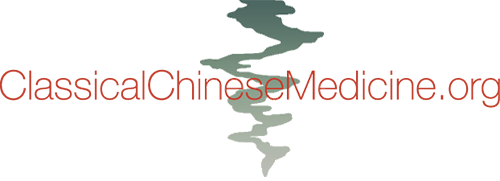Five Phase Element Relationships
BY WAN MINYING (14th Century)
TRANSLATED BY HEINER FRUEHAUF
Metal is generated by Earth; if there is too much earth, Metal will be buried. Earth is generated by Fire; if there is too much Fire, Earth will be charred. Fire is generated by Wood; if there is too much Wood, Fire will flare. Wood is generated by Water; if there is too much Water, Wood will be washed away. Water is generated by Metal; if there is too much Metal, Water will be grimy.
